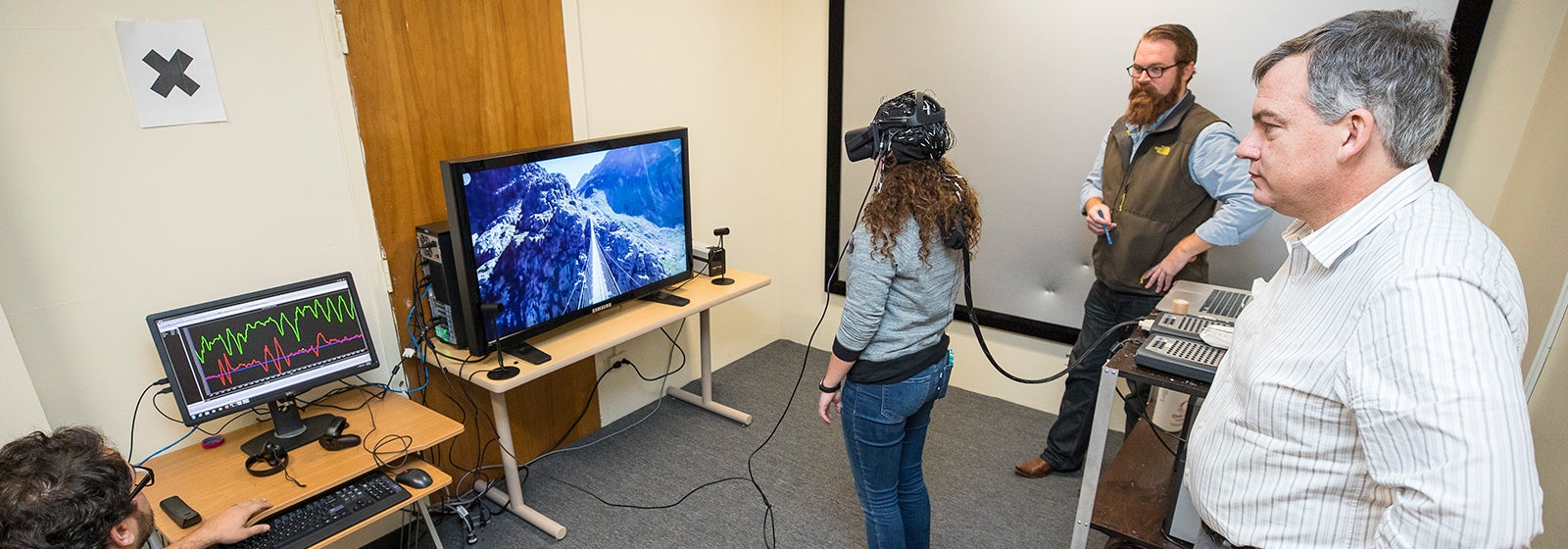SMILe
Research Scope
Research within SMILe is centered on the goal of identifying how the human brain plans, executes and understands action, and how various factors might influence these processes. This is a very diverse field of study, and we are open to a wide range of research interests and questions. Currently, we are conducting experiments related to how healthy aging changes the neural structure of action understanding and production, how limb dominance is reflected in brain activation dynamics, and how motivational factors affect maximal force production capabilities. Although we focus on basic questions related to motor neuroscience, all of our work has clinical implications in areas such as gerontology, prosthesis use and development, Alzheimer’s disease, traumatic brain injury and mild cognitive impairment, stroke, and other neurocognitive challenges. We welcome students and faculty from diverse backgrounds with an interest in studying the neuroscience of motor control.
Student Research Opportunities
We offer many research opportunities for undergraduate and graduate students, which are available through projects related to theses, independent studies, practicums, and independent research projects. Research assistantships for graduate students are often available. SMILe not only provides students with the opportunity to work on faculty lead projects, but to also create their own innovative research projects. Because motor neuroscience is such a broad field, students with diverse academic backgrounds are encouraged to seek research opportunities with SMILe, and students are also encouraged to consider the Kinesiology Undergraduate Research Opportunities Program (UROP) as well as the ECU Undergraduate Research and Creative Activity (URCA) program.
Available Resources
To meet our goals, our group has a variety of tools that allow us to work in this area of neuroscience, including high-density electroencephalography (EEG), electromyography (EMG), 3-D motion capture instrumentation, along with custom software written in MATLAB, Python and Linux/Unix. High-powered computer workstations are available for the processing of data, and all data are securely stored on a networked drive. Given these tools, we are a comprehensive motor neuroscience and neurophysiology lab, and are fully capable of addressing research questions from a large range of disciplines.
For equipment available in the Sensory-Motor Integration Lab click here.
